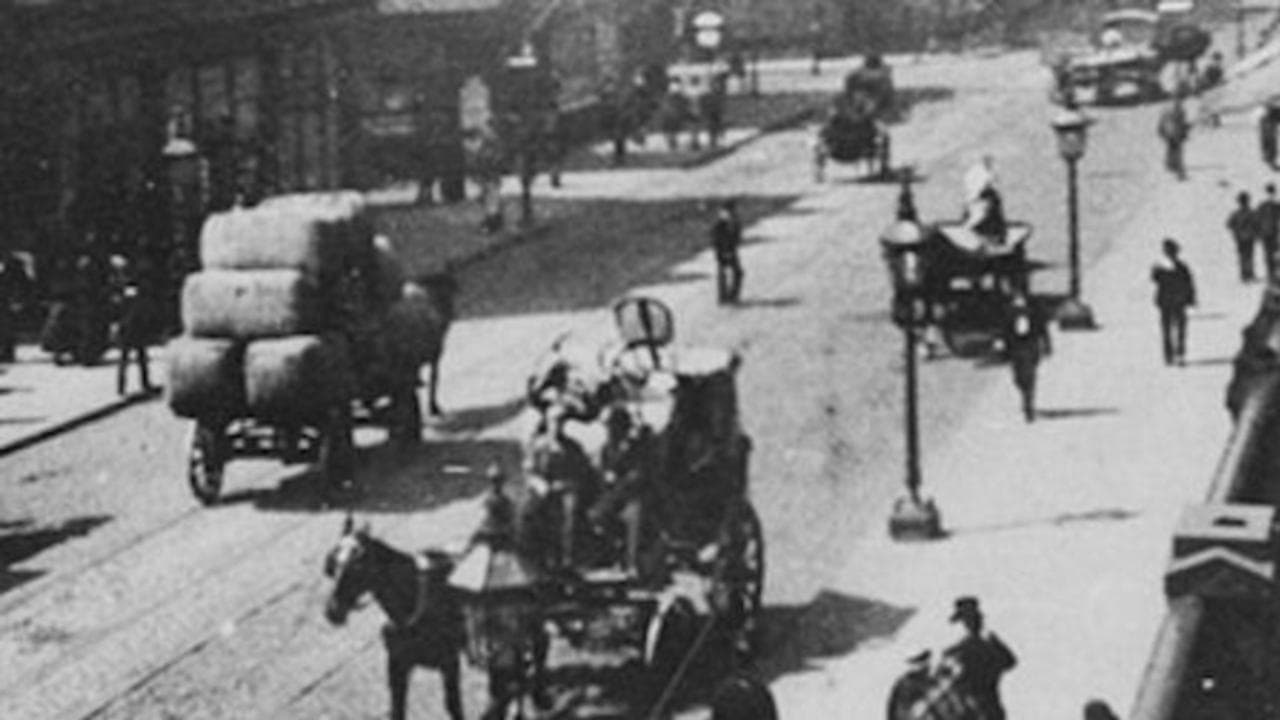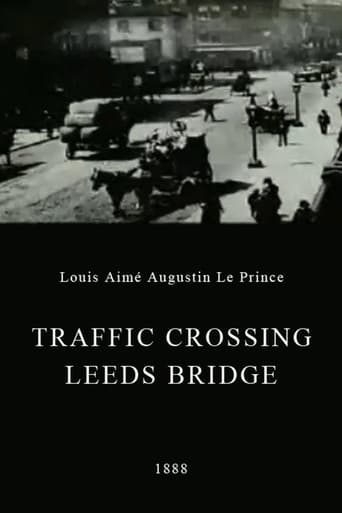Cineanalyst
Motion pictures are seemingly easy to define, but when faced with questions of the firsts in their invention, the once simple and intuitive definition becomes muddled. After all, people of the 19th Century were accustomed to such optical toys, such as the Zoetrope, that when rotated presented the illusion of moving images. The projection of animated drawings precedes that of animated photography, introduced as early as the 1840s by Leopold Ludwig Döbler and in the 1850s by Franz von Unchatius. Émile Reynaud took the projected animation further with his Théâtre Optique--patented in 1888--with elaborate animation drawn onto a film-like material and screened commercially from 1892 to 1900. As early as 1879, Eadweard Muybridge used his Zoopraxiscope projector for drawings based on his chronophotography. Ottomar Anschütz reproduced photographic motion on discs for the public beginning in 1887. Étienne-Jules Marey had invented cameras using paper and celluloid roll films in the same period as Louis Le Prince, i.e. from 1888-1890. Others, like Georges Demeny, Woodsworth Donisthorpe, William Friese-Greene, and William K.L. Dickson were also working on the invention of motion pictures around the same time.Le Prince began experimenting with motion pictures in the 1880s, and by 1886, he applied for patents on a movie camera and projector. At first, he and his assistants--who included James William Longley, Fredrick Mason and his son, Adolphe--concentrated on the misguided notion of a multiple-lens camera and projector, but on 14 October 1888, Le Prince was able to take a series of photographs on sensitized paper film with a one-lens camera. According to Christopher Rawlence, Le Prince first photographed "Accordion Player" and then "Roundhay Garden Scene". They were photographed at about 12 frames per second, which it is now known, is rather slow for the illusion of movement. Le Prince photographed this film, "Traffic Crossing Leeds Bridge", at about 20 frames per second, which is a more appropriate speed for motion pictures. Most say it was filmed only a couple weeks after the Roundhay films, but Rawlence suggests it wasn't until the summer of 1889.These are some of the earliest motion pictures ever made, if not the very first. Yet, Le Prince was far from perfecting (or even making it functional) his projector: the deliverer of the films. The only outside witness to Le Prince's experiments in film projection was the Secretary of the Paris Opéra, who witnessed the working of one of Le Prince's projectors for the purpose of authorizing his French patent. That was on 30 March 1890. He was planning to demonstrate motion pictures to the American public when he mysteriously disappeared--last seen on 16 September 1890.There's an intriguing theory that doesn't have any evidence to support it, which Le Prince's widow believed and largely created, that Thomas Edison conspired to murder Le Prince with the motive of claiming authorship of motion pictures. Adolphe died not longer after having testified in a legal dispute over such authorship against Edison. Christopher Rawlence's book "The Missing Reel" goes into the details of this suspicion. Moreover, it's a good read, of the paranoia and secrecy surrounding the inventor, and it's rather cinematic in construction. Rawlence originally intended to make a screenplay out of the story, and he did make a small Channel Four Film in 1989 with the same title as the book.Back to the film of Leeds Bridge: it is the greatest testimony to Le Prince's experiments extant today. It is a traffic scene, with the novelty merely being the movement--thus achieving a more lifelike representation than still photographs. It may also be noted that the traffic scene is undirected; the action appears that it may well have happened the same way without the camera's presence--a hidden camera. This is in contrast to Le Prince's earlier films, which are directed and staged. And, although this film is (now) only 20 frames, the overhead view from atop a building of the traffic and its position diagonal to the framing makes "Traffic Crossing Leeds Bridge" somewhat more interesting than other early film experiments. Traffic scenes would also prove to be a popular subject in early film, such as in the Lumière actualitiés.This earliest filmmakers could not have anticipated the immense commercial and entertainment and cultural and artistic importance their invention would have upon the future. This is especially the case with these films by Le Prince because they were not commercially distributed (nor ready to); their influence is limited, unlike the films of the Edison and Lumière companies. Moreover, their influence has only begun recently with their reconstruction and availability on the Internet. The one exception, perhaps, is that Donisthorpe was in Leeds and may have heard of Le Prince's experiments, which would explain why Donisthorpe began experimenting again with motion pictures around that time. With the assistance of his cousin William Carr Crofts, he made his own experimental film of London's Trafalgar Square around the year 1900.Nevertheless, this film, along with Le Prince's other three surviving films, including a man walking around a corner, Adolphe playing an accordion, and the scene at Roundhay Garden, are breathtaking for their historical value. It's special that we are today able to witness the beginning of a new art--even the beginning of it before it was an art.(Note: This is the first in a series of my comments on 10 "firsts" in film history. The other films covered are Blacksmith Scene (1893), Annabelle Serpentine Dance (1895), The Execution of Mary, Queen of Scots (1895), La Sortie des usines Lumière (1895), L' Arroseur arose (1895), L' Arrivée d'un train à La Ciotat (1896), Panorama du Grand Canal vu d'un bateau (1896), Return of Lifeboat (1897) and Panorama of Eiffel Tower (1900).)
I_Am_The_Taylrus
SPOILERSQuite frankly, I think this is way better than the Roadhay Garden Scene. This again is two seconds long, like the Roadhay Garden Scene, but this is more of an amazing film. I mean, yeah, the Garden Scene is the first film ever, but this is the second film ever and not only that, but it shows the first moving automobiles ever caught on film. It is kind of creepy. This film has no plot what so ever, but here is what happens. Here is one of the most amazing two seconds ever. Some automobiles slowly make it on to the screen. Oh, who am I kidding? The automobiles are going fast. More automobiles come. As you should know, they are crossing Leeds Bridge. The end. It is just automobiles, but who cares? It is the second film ever! The two second long movie is basically cars going across the screen. Remember, though, this was big in 1888.Overall, this is a one of the best short films you can find that was made in the nineteenth century. I mean, there were not a lot of films back then but this was groundbreaking. Roadhay Garden Scene might have been the first moving things ever captured on film, but this is just better. I mean, it was really cool to watch.10/10Recommended Moving Things That Were Caught On Film: Roadhay Garden Scene, Train Pulling Into A Station.
booyah-1991
Just a few years back, when I logged on in the Internet Movie Database website, I just found an early film title that was made in 1888, which was directed and created by Louis Aime Augustin Le Prince. I really like this short because it was probably one of the first films ever made. But, I am not quite sure if it WAS the first film ever made.I am just thinking that it is possible that it was the first film ever made. I really want this film to be memorable in generations to come, just in case if people are curious of what was the first film ever made in film history.I JUST HOPE IN YEARS FROM NOW, THIS FILM WILL BE REMEMBERED!!! 10/10

